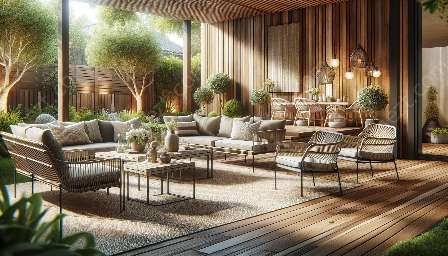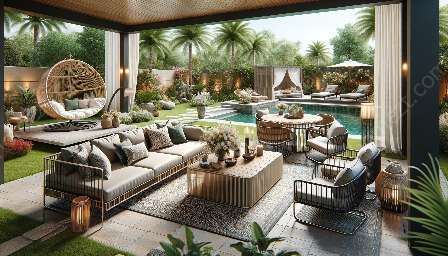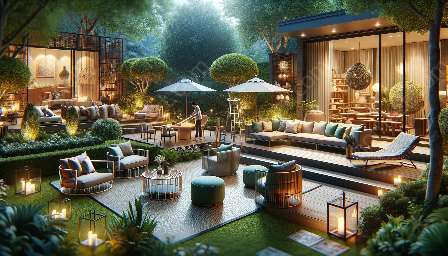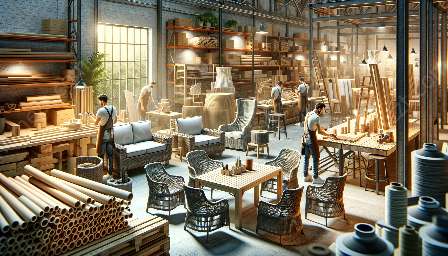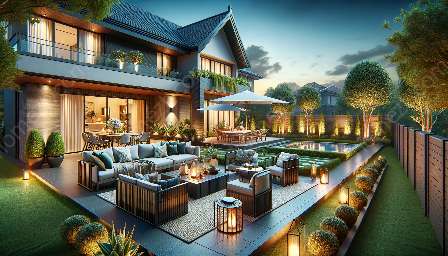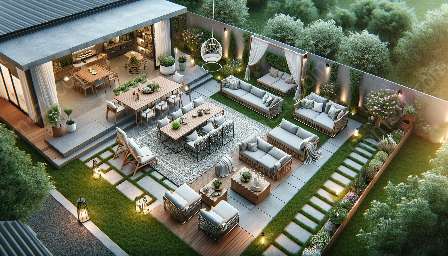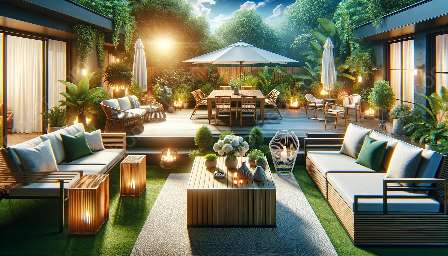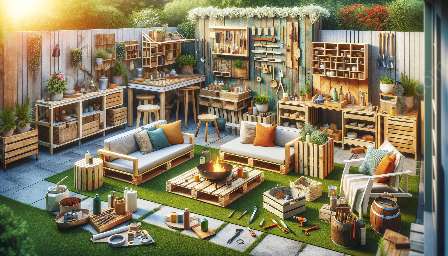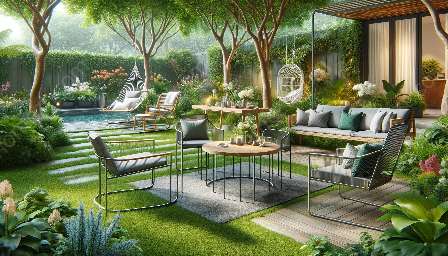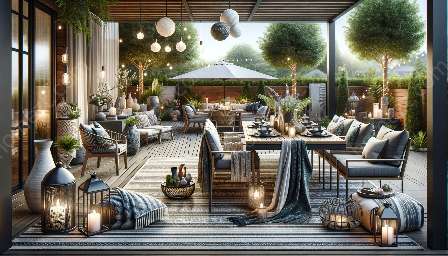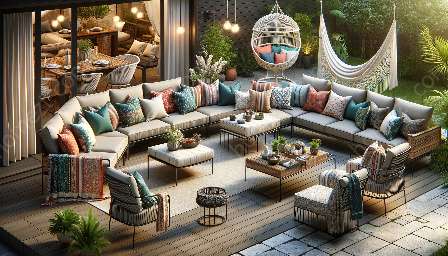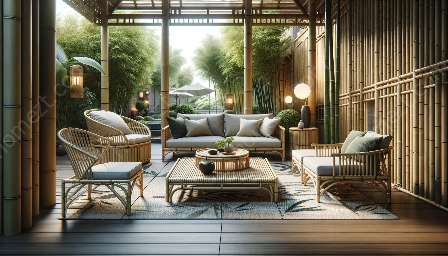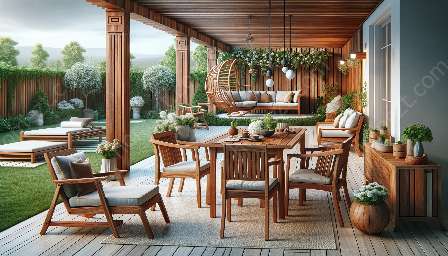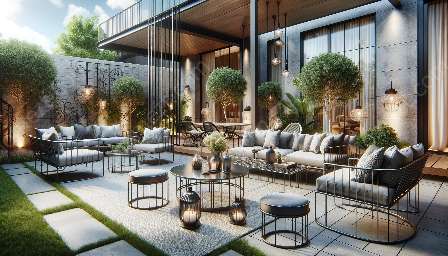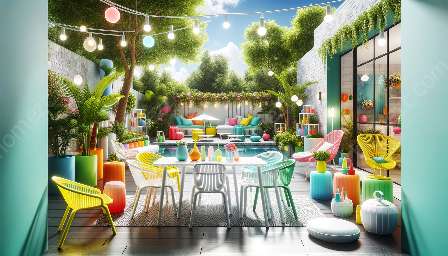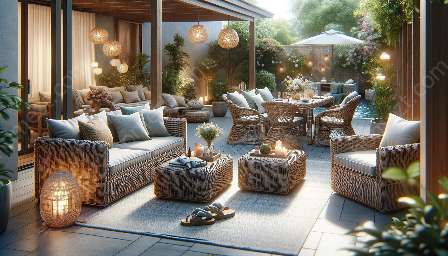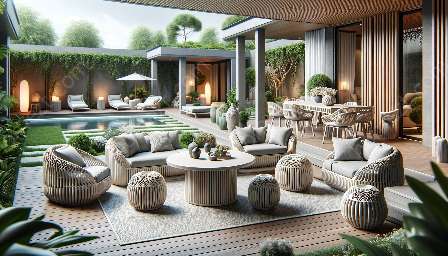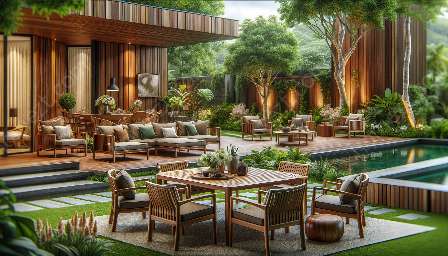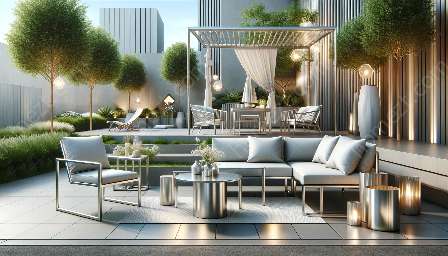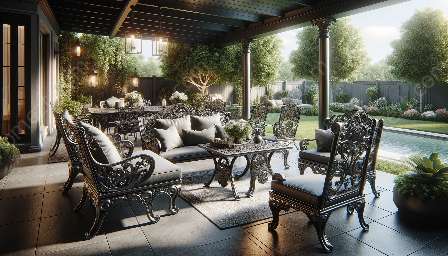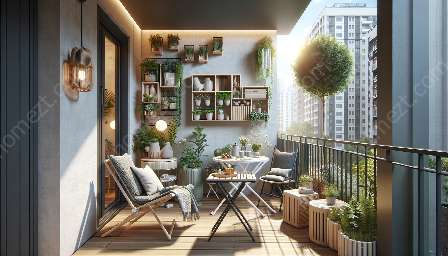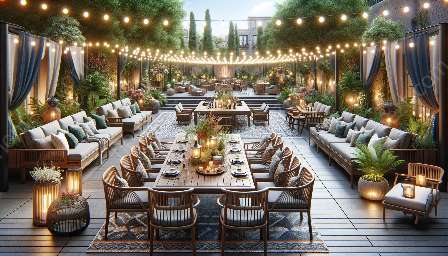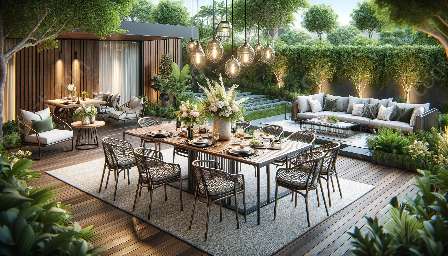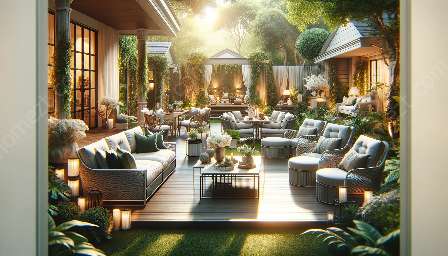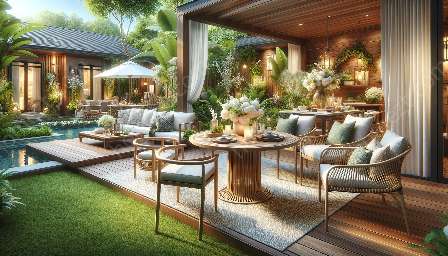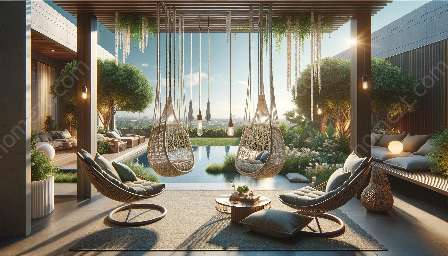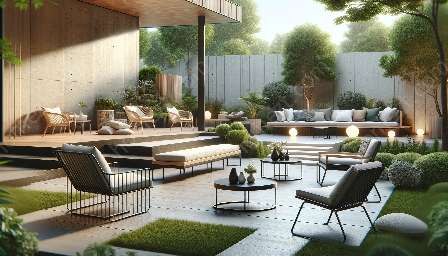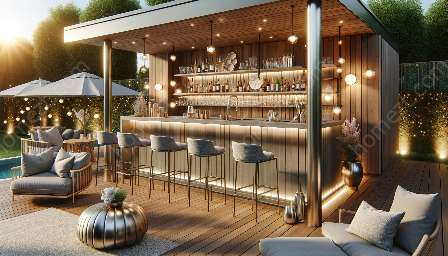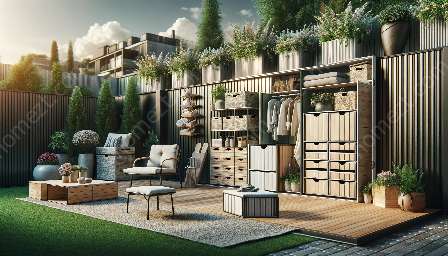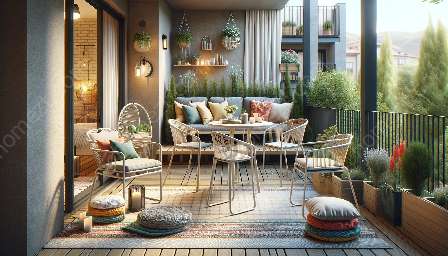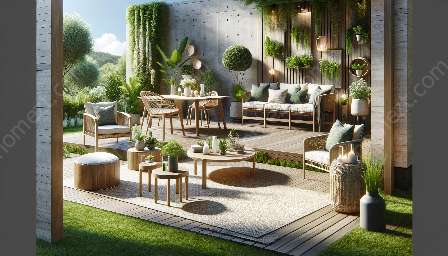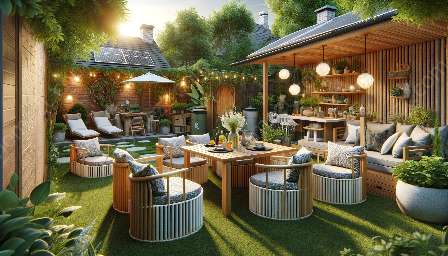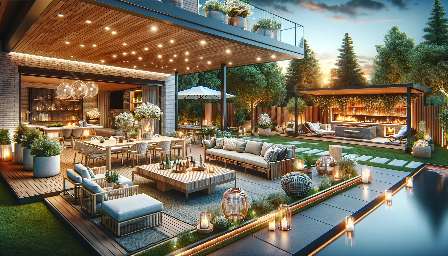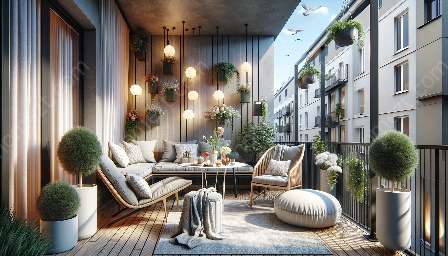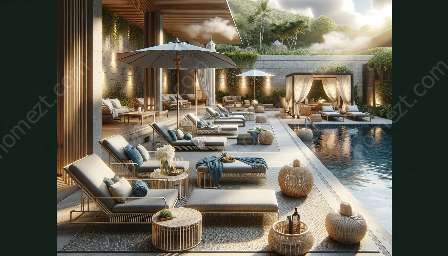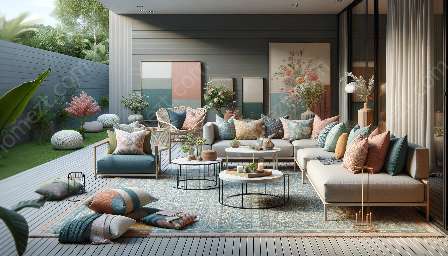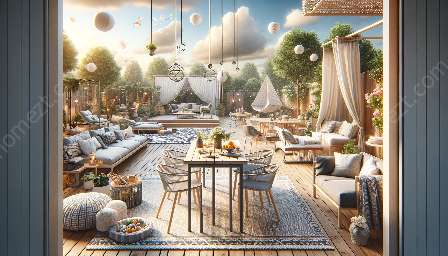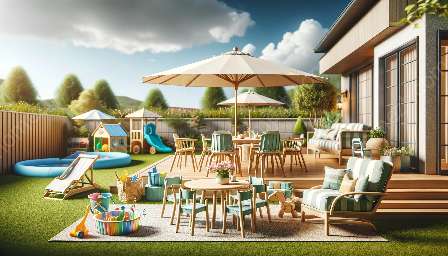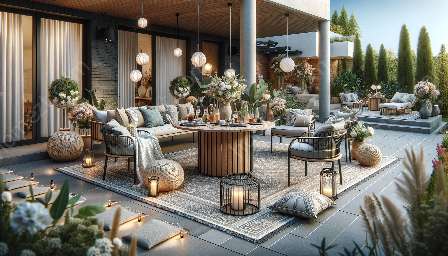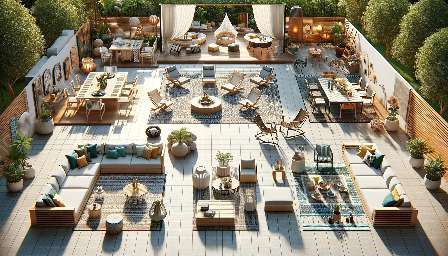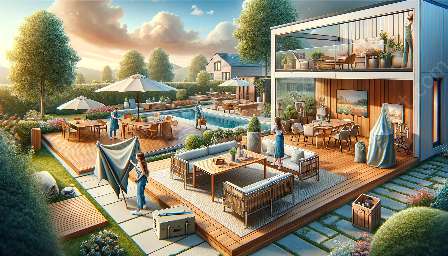When it comes to choosing outdoor furniture, the selection of materials is crucial in ensuring longevity, durability, and overall style. Whether you seek solid hardwood pieces or contemporary metal designs, understanding the properties of different materials is essential to making informed decisions.
Wood
Teak: Known for its natural resistance to water, teak is a popular choice for outdoor furniture. Its rich, warm tones and high oil content make it highly durable in outdoor environments.
Cedar: Another excellent option for outdoor furniture, cedar possesses natural oils that act as a preservative, offering protection against decay and insect damage.
Metal
Aluminum: Durable and lightweight, aluminum is a versatile material for outdoor furniture. Its resistance to corrosion and rust makes it an ideal choice for various climates.
Steel: Strong and robust, steel is often used in creating modern and minimalist outdoor furniture pieces. Powder-coated finishes provide additional protection against the elements.
Wicker and Rattan
Wicker: Made from natural or synthetic materials, wicker furniture is known for its timeless appeal. It is suitable for covered outdoor spaces and can add a touch of charm to any setting.
Rattan: A type of palm plant, rattan is flexible and durable, making it an enduring choice for outdoor furniture. Its natural appearance lends a tropical feel to any outdoor area.
Plastic and Resin
HDPE: High-density polyethylene (HDPE) furniture is low-maintenance, resistant to moisture and UV rays, and environmentally friendly. It is available in various colors and styles, making it a versatile choice for outdoor settings.
Resin: Often used in outdoor wicker furniture, resin is weather-resistant, lightweight, and easy to clean, making it a practical option for outdoor use.
Finishes and Treatments
Finishes: Choosing the right finish for outdoor furniture is essential for protecting the material from the elements. Options range from natural oils and stains to paint and varnish, each providing specific benefits based on the material and desired aesthetic.
Treatments: Applying protective treatments, such as sealants and weatherproof coatings, can significantly enhance the durability of outdoor furniture, helping it withstand exposure to sun, rain, and fluctuating temperatures.
Conclusion
From classic wood to innovative synthetics, the materials used in making outdoor furniture offer a spectrum of choices for homeowners and designers alike. By considering factors such as climate, maintenance, and aesthetic preferences, individuals can select the most suitable materials for their outdoor furniture, ultimately enhancing their outdoor living spaces.

